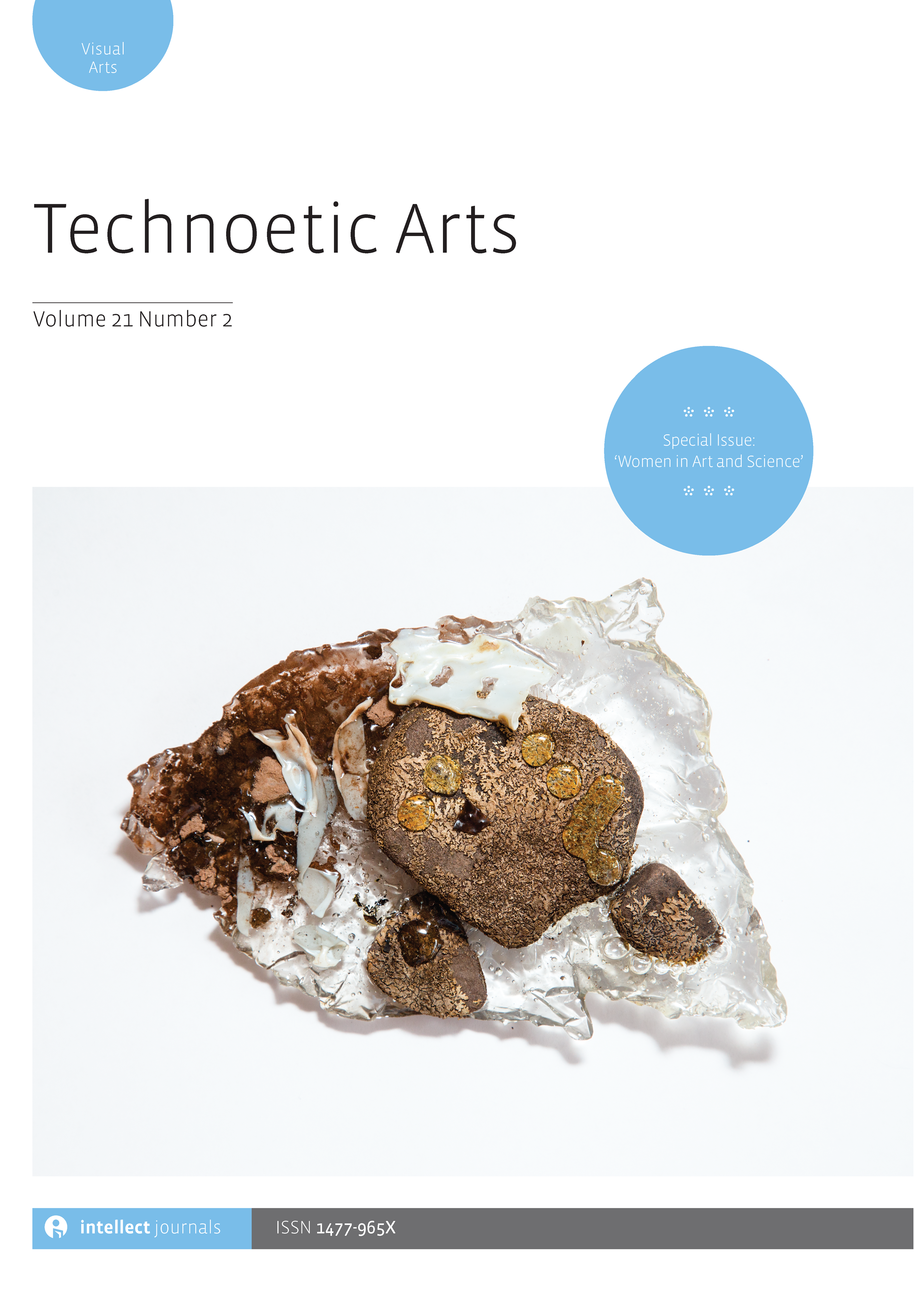-
f Projected interiorities or the production of subjectivity through spatial and performative means
- Source: Technoetic Arts, Volume 20, Issue Themed Issue: Projected Interiorities, Oct 2022, p. 159 - 165
-
- 27 Apr 2023
- Previous Article
- Table of Contents
- Next Article
Abstract
Even those who consider themselves lucky to have escaped trauma, long-term illness and death, have experienced radical changes to their conception of life in its relation to public and private domains due to the COVID-19 pandemic. When public space turned into a dangerous realm, private interiors were assigned a new role and with these shifts, also new questions about the relation of interiority to any type of exteriority emerged. The first four contributions in this ‘Projected Interiorities’ issue of Technoetic Arts (TA) reflect from an architectural and urban point of view on the conception of the public and private, their past, present and future. Yet, the pandemic contributed more widely to a re-evaluation of interiority, not least because the public and private realms seemingly coalesced via digital processes. While this journal issue cannot cover all these questions, it indicates the range of the pandemic turn in thought, collecting contributions from theory and practice, including architecture, art, philosophy and literary studies. With authors of a variety of disciplinary backgrounds based in China, India, Norway, France, the United Kingdom and the United States, this issue of TA covers not only a multiplicity of methodological approaches but also diverse regional and cultural perspectives on the idea of ‘Projected Interiorities’.



